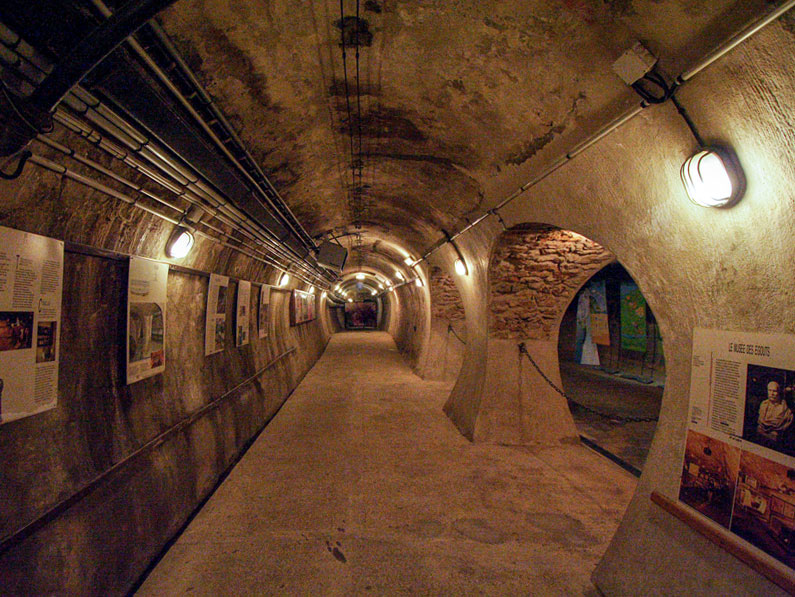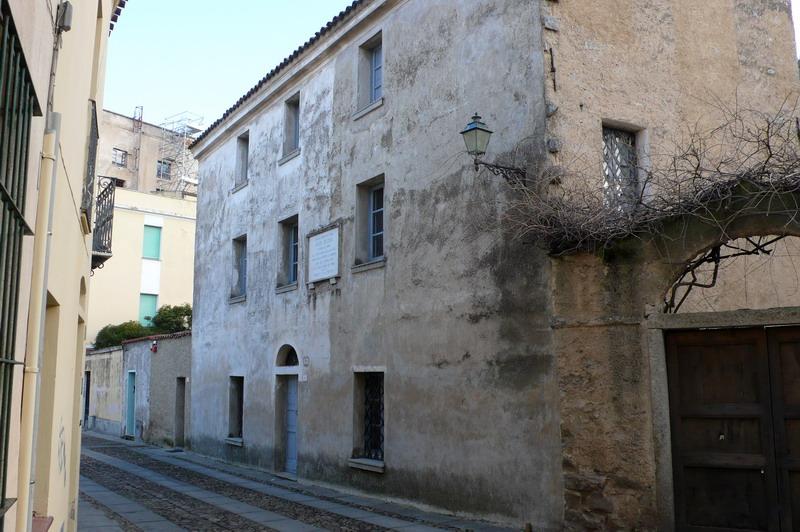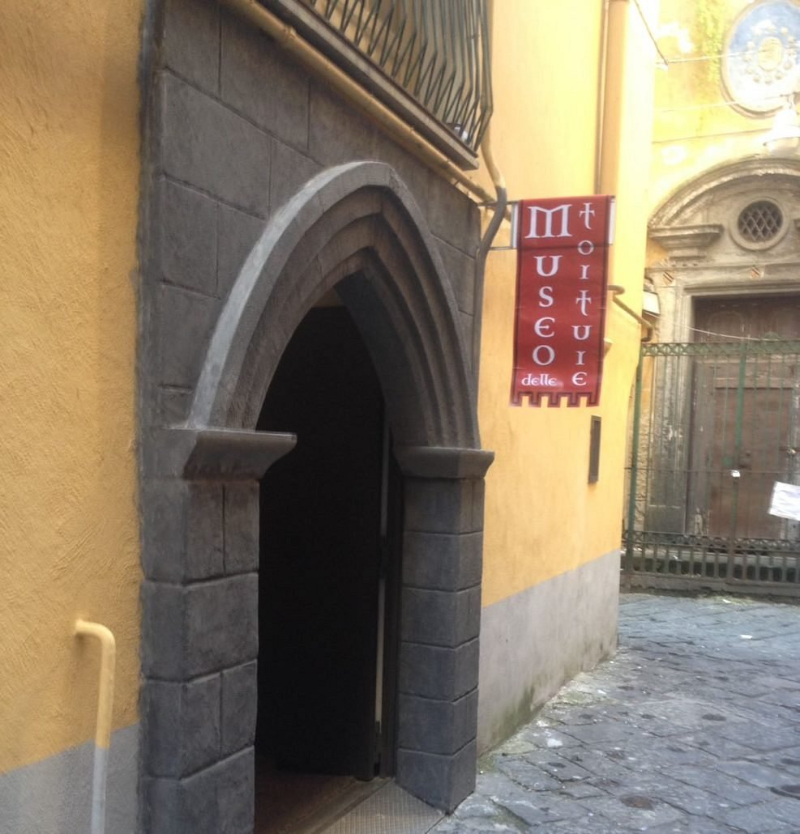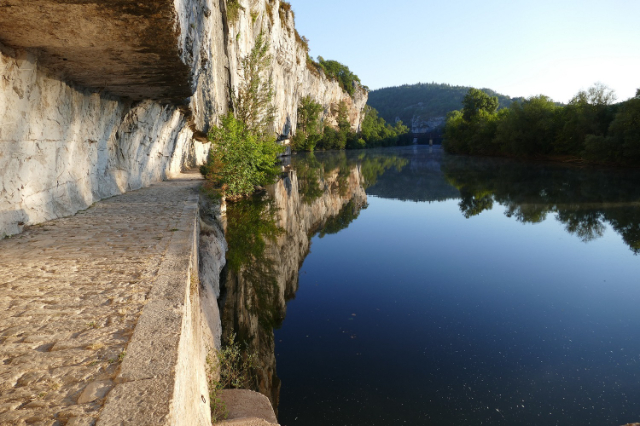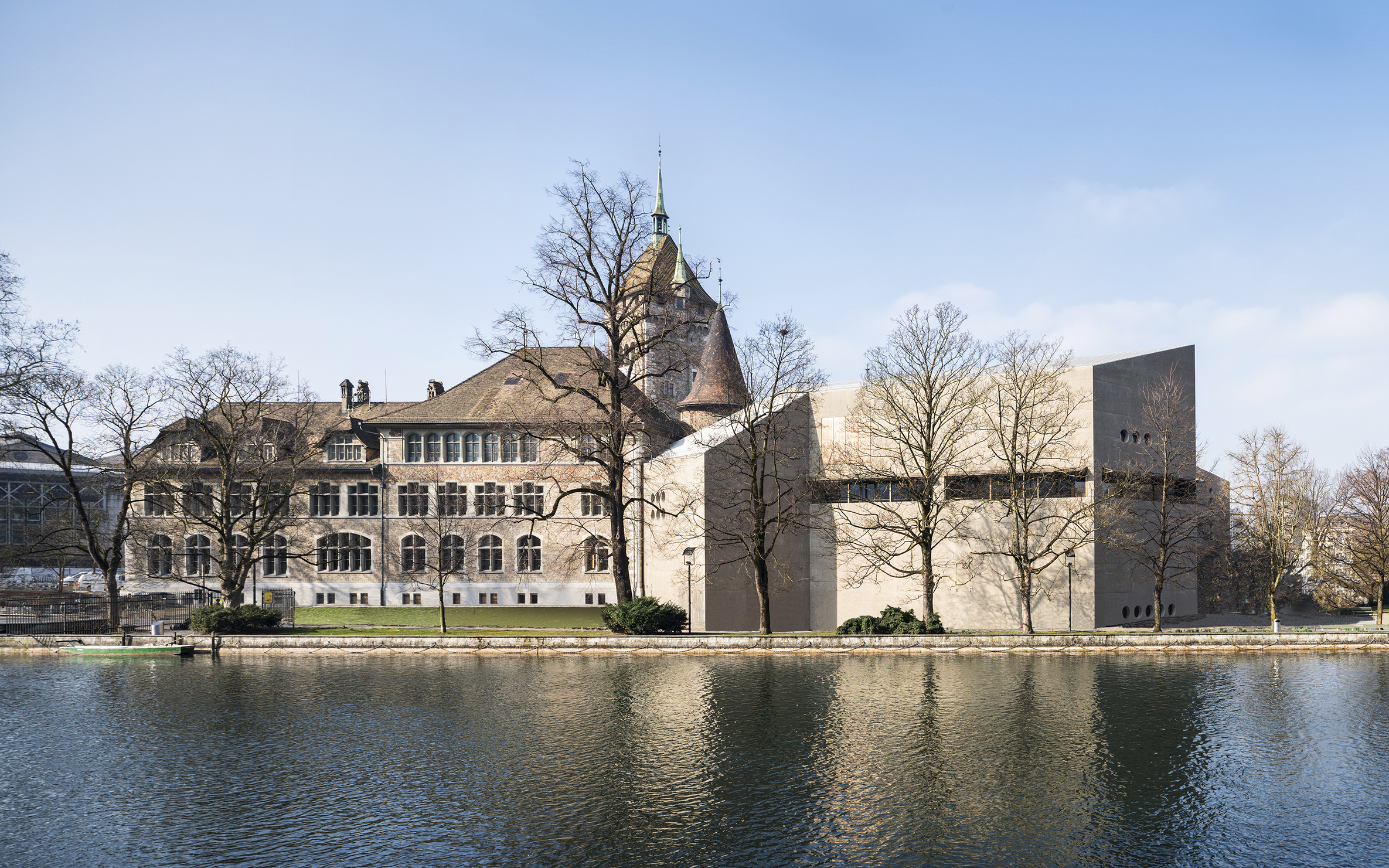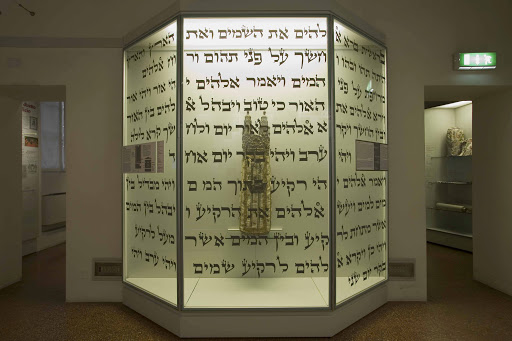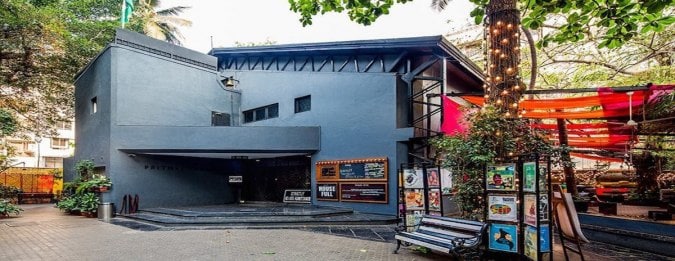A visit to the Paris Sewer Museum is decidedly unusual but special. You enter through a manhole near the Pont de l’Alma and discover a new side of the French capital, walking through the underground tunnels.
Before the Middle Ages, water from the Seine River was used in Paris. After being used, it was thrown into the streets or fields, returned to the river and then used again.
Around 1200 the first paving and sewer construction plans began in the city and, in 1370, the first covered sewer system was built, flowing into a brook.
Napoleon I brought the first completely covered sewer system, which covered an area of 30 kilometres. In 1878, a double water distribution network and a sewer system were built, covering an area of more than 600 kilometres.
the Sewer Museum. You enter through a manhole near the Pont de l’Alma and discover an unseen side of the French capital as you travel through its underground tunnels.
Later, it was understood that it was necessary to drain the dirty water out of the city, and so sewers were installed in all the streets, as well as the pumping station and other essential requirements to transform the rudimentary sewer system into the one used today.
In any case, I can only say that it is a rather humid and smelly place but, for many, it is a museum worth visiting.
